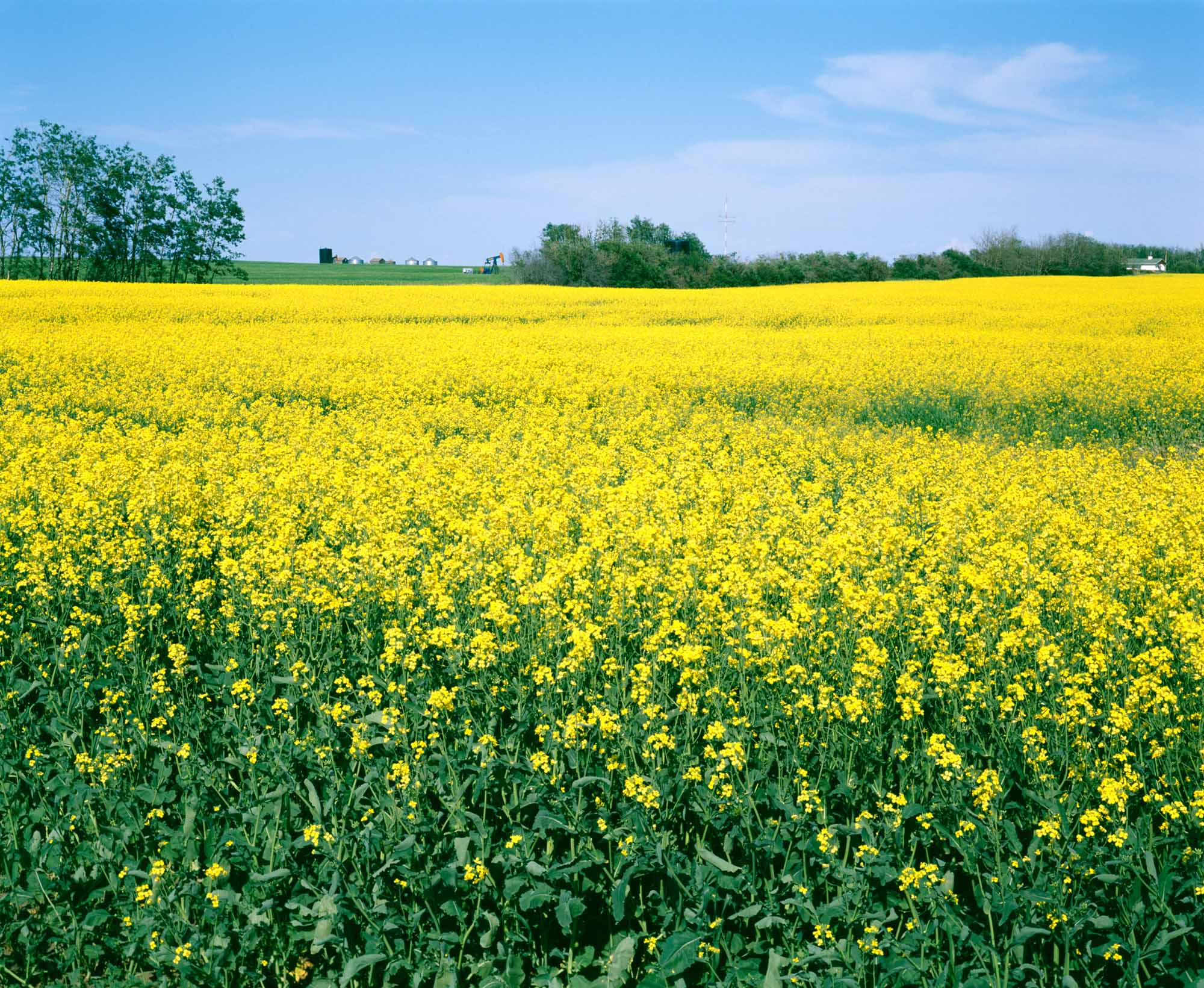Article
1890 Flu Pandemic in Canada
The 1889–90 flu, sometimes called the Russian or Asiatic flu, has been described as the first global influenza pandemic. It spread along modern transportation routes, especially railway networks. Canada experienced outbreaks across the country. While this pandemic was less deadly than the next major flu in 1918, its survivors may have been at greater risk than others during the 1918 pandemic.













